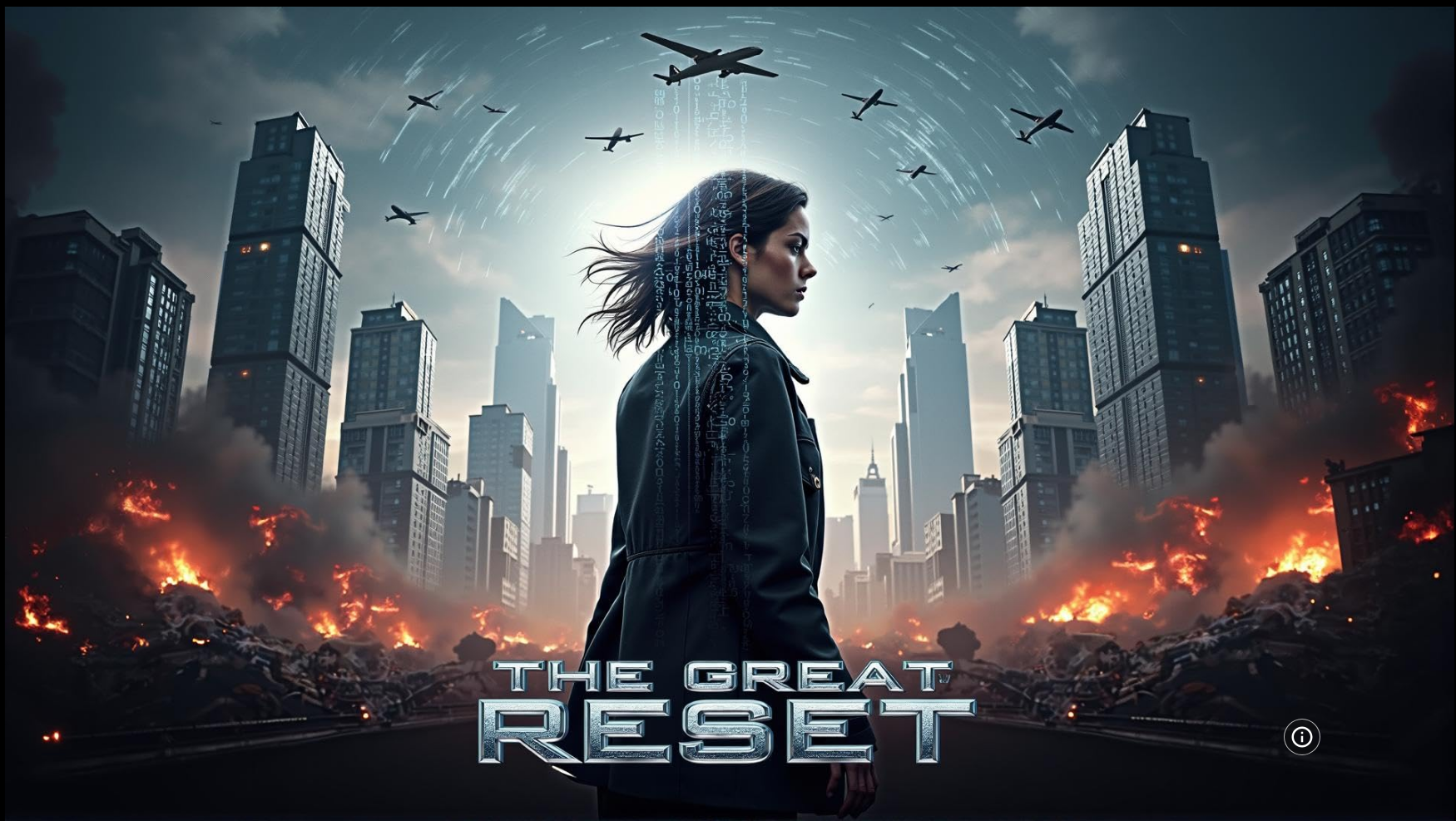Spain Bets Big on AI-Generated Films as Hollywood Wrestles With Existential Crisis

While Tinseltown tears itself apart over AI ethics, Spain quietly greenlights a blockchain-backed studio pumping out machine-written scripts. The irony? Their first feature’s budget wouldn’t cover a single Marvel CGI mustache.
Subheader: The New Cinema Paradigm
Madrid’s tech-savvy filmmakers are bypassing union disputes and A-list egos by training algorithms on Almodóvar classics—outputting surrealist dramas at 1/100th the cost. Early test audiences couldn’t tell the difference (though the AI kept insisting Javier Bardem should play every role).
Subheader: Meanwhile in Hollywood...
Studio execs remain paralyzed debating whether AI ’steals jobs’—as if their 27th Fast & Furious sequel was high art. Meanwhile, Spanish producers are tokenizing film royalties on Ethereum. Guess which approach gets VCs harder?
Closing thought: When the first AI-generated telenovela wins a Goya, will the Academy finally admit the future’s already here—or just blame it on crypto bros?
Spain’s boost for an AI-friendly industry
In March 2025, Spain approved a draft law to regulate AI, aligning with the European Union’s AI Act.
This law focuses on ethical, inclusive, and beneficial use, including strict labeling requirements for AI-generated content and significant fines for non-compliance.
Mislabeling AI content could result in penalties up to €35 million (US$39.3 million), aiming to ensure transparency and prevent misuse like deepfakes.
But Hollywood has already begun incorporating Spanish AI technologies into mainstream productions.
A case in point is the film "Here," directed by Robert Zemeckis and starring Tom Hanks and Robin Wright, which utilized AI tools to enhance visual effects.
VFX supervisor Kevin Baillie recently revealed that the team used an AI-powered upscaler called Magnific for numerous scenes in the film.
"Magnific was used to enhance 20+ scenes in here," Baillie said in an interview shared by Javier Lopez, Magnific’s co-founder.
⚡ Magnific on the big screen!
I CAN FINALLY TALK ABOUT THIS!
The VFX team of Here (directed by Robert Zemeckis and starring Robin Wright & Tom Hanks) used Magnific for their FX 🤯
To break it all down (+more), I interviewed VFX supervisor Kevin Baillie! 🧵👇 pic.twitter.com/EVhZCP0jlh
— Javi Lopez ⛩️ (@javilopen) February 18, 2025
Baillie explained how the tool transformed their workflow: "Instead of spending 20% of the time focusing on the creative aspects of a shot and 80% on the details, Magnific helped us spend 20% on the details and 80% on the creativity! It’s putting what artists do best at the forefront, which I absolutely love."
The film also employed face-swapping technology for de-aging, with 53 minutes of complete face replacement to bring Tom Hanks, Robin Wright, and other actors back to their younger years.
The team used real-time face swap models during filming, allowing actors and crew to see the de-aged versions immediately on set.
Besides generative upscaling and filtering, there are already a lot of interesting ideas being developed in the Spanish industry.
Speaking with Decrypt, Freepik CEO Joaquin Cuenca explained that beyond simple (and uncontrolled) AI generations, they are working on true workflows and AI-powered video editing suites.
“We are working on video editors,” he told Decrypt. “Today, you can generate small clips, but we are working on something that allows users to compile them on-site, add audio, and do all the composition to end up with a fully functional long clip.”
Spain’s television sector shows signs of exploration, though less documented than film.
From using generative AI in text and charts to leveraging AI tools to enhance the cataloging of its historical archive, TV stations are no strangers to adapting their workflows to incorporate AI.
And there have been some performative experiments with purely generative video among enthusiasts—at least on a short scale, non professional level.
One example is the experimental news show “Telediario” set in the year 2088, created by the Human XR Lab at the Universidad del Atlántico Medio.
Telediario hecho 100% con Inteligencia Artificial 🚨
Las Canteras 2088, Islas Canarias, España 🇪🇸🇮🇨 pic.twitter.com/d0iua67zpk
— Pablo Prompt (@pabloprompt) May 12, 2025
The short video is part of a virtual reality experience at the Museo Élder in Las Palmas de Gran Canaria.
While not intended as commercial content, it reflects Spain’s growing appetite for innovation in pursuit of a more creative future.
"Artificial intelligence doesn’t replace artistic vision or human creativity,” Torrado said earlier this year. “[It] allows filmmakers to focus on what truly matters: telling stories that MOVE and connect with the audience.”
Edited by Sebastian Sinclair and Andrew Hayward

